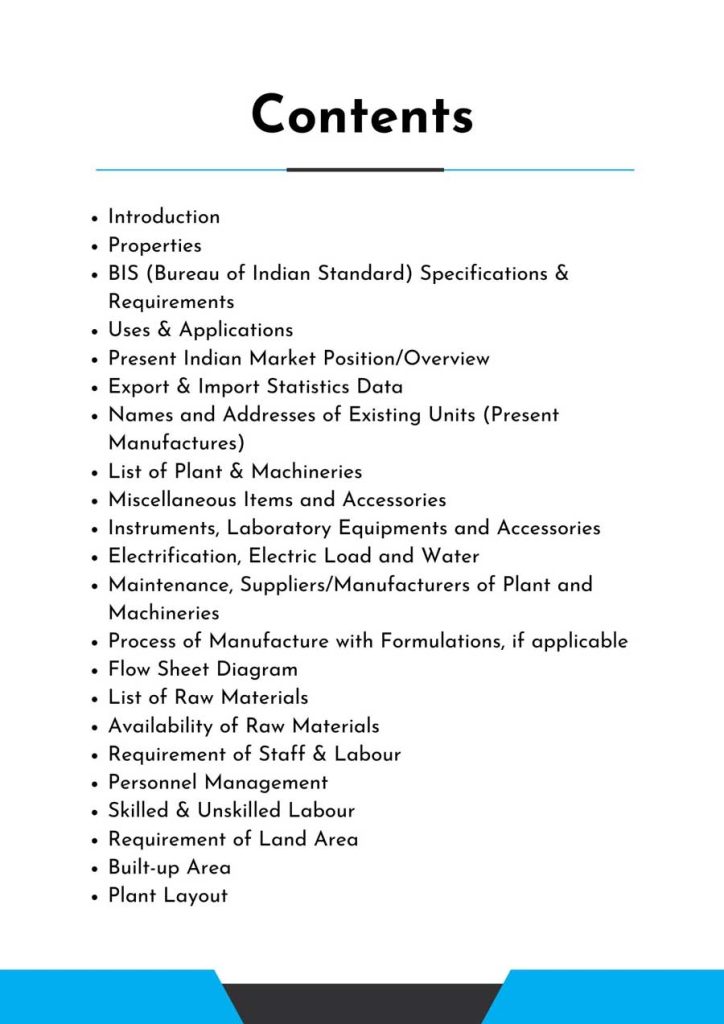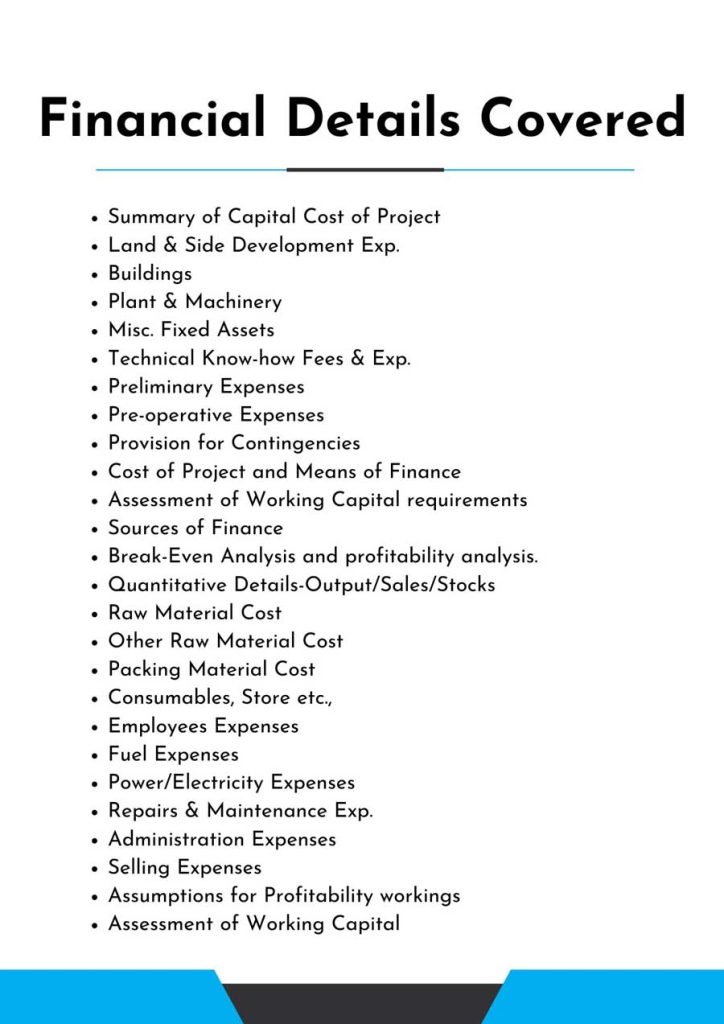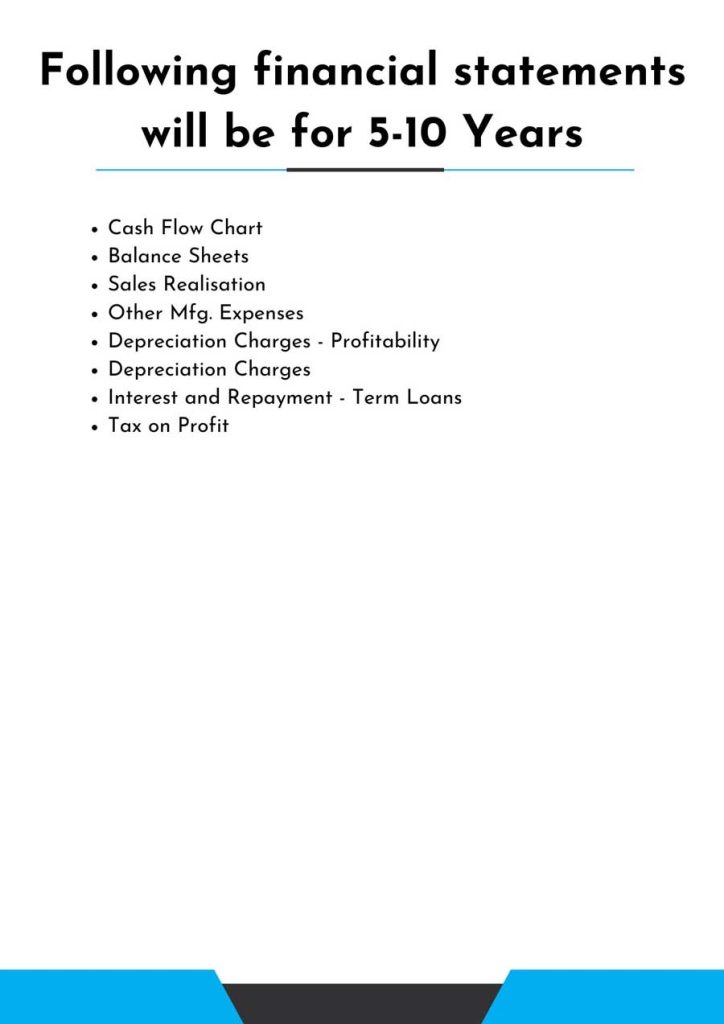Feasibility Report On
Wastewater Treatment Plant
A technique called wastewater treatment is used to clean up impurities from wastewater and turn it into an effluent that can be reintroduced to the water cycle.
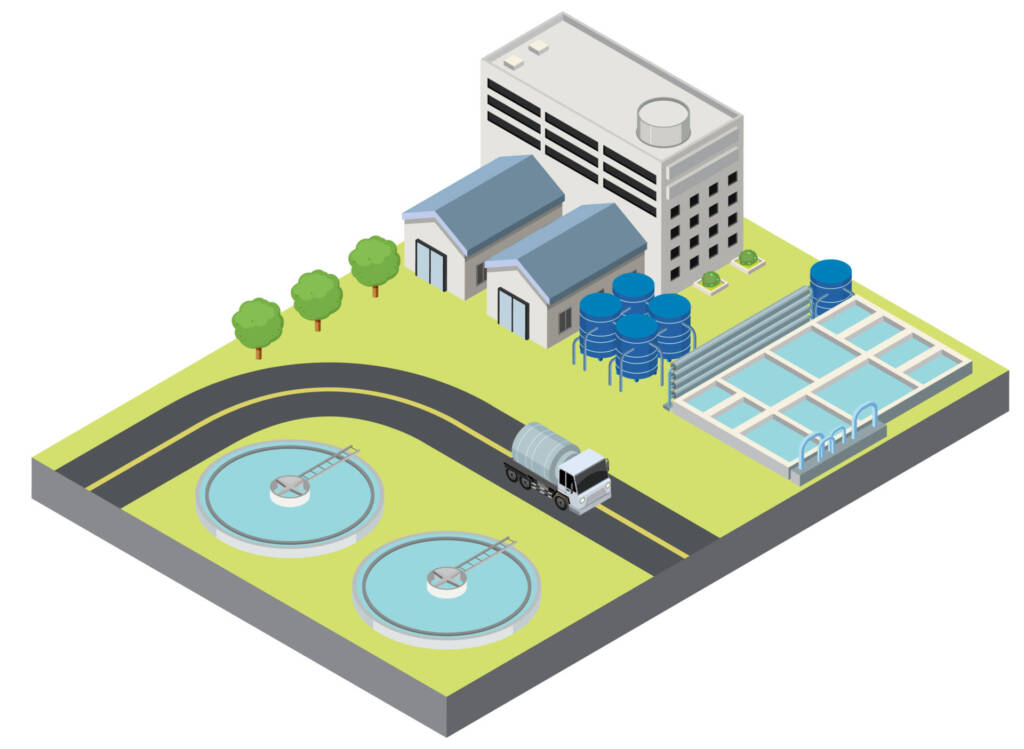
What is Wastewater Treatment Plant?
Feasibility report on the Wastewater Treatment Plant.
A technique called wastewater treatment is used to clean up impurities from wastewater and turn it into an effluent that can be reintroduced to the water cycle. The wastewater is reused or has an acceptable impact on the environment after it is added back into the water cycle (called water reclamation).
We classify wastewater treatment as water use because it is so intertwined with other water uses. Much of the water used in homes, industries, and businesses must be treated before it can be discharged into the environment. If the term “wastewater treatment” is confusing to you, you might think of it as “sewage treatment.”
Nature has an amazing ability to cope with small amounts of water wastes and pollution, but it would be overwhelmed if we didn’t treat the billions of gallons of wastewater and sewage produced every day before releasing it back to the environment. Treatment plants reduce pollutants in wastewater to a level nature can handle.
Why Treat Wastewater?
It is a matter of concern for both the environment and our own health. There are numerous reasons why keeping our water clean is a top priority.
Fisheries: Clean water is essential for aquatic plants and animals. This is critical for the fishing industry, sports fishermen, and future generations.
Wildlife Habitats: Life in our rivers and oceans is dependent on shorelines, beaches, and marshes. They provide critical habitats for hundreds of fish and other aquatic life species. The areas are used by migrating water birds for resting and feeding.
Recreation And Quality of Life: Water is a fantastic playground for all of us. Many people choose to live where they do because of the scenic and recreational values of our waters. Water activities such as swimming, fishing, boating, and picnicking attract visitors.
Health Concerns: Water can carry disease if not properly cleaned. Because we live, work, and play so close to water, harmful bacteria must be removed in order for the water to be safe.
Feasibility Report Sample On Wastewater Treatment Plant
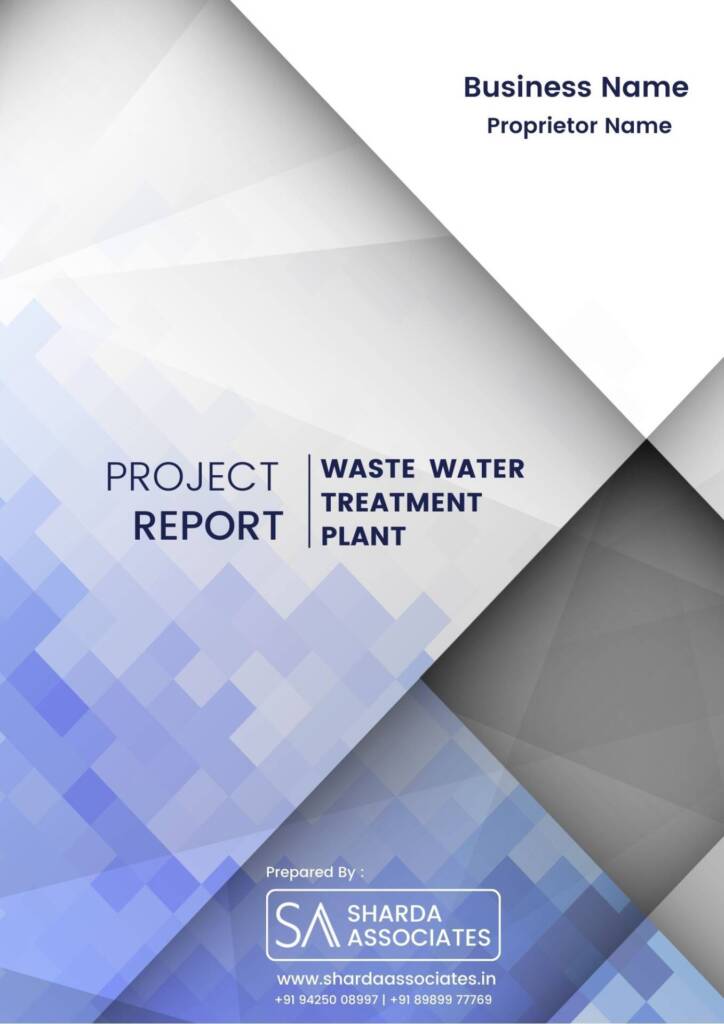


Market Strategy Of Wastewater Treatment Plant
The market for water and wastewater treatment equipment was estimated at USD 53.24 billion in 2021, and from 2022 to 2030, it is anticipated to rise at a CAGR of 5.1%. During the projection period, it is anticipated that a rise in the need for clean water brought on by industrialization, expanding urbanization, and dwindling freshwater supplies will raise product demand.
Global demand for water and wastewater treatment is anticipated to drive the market, along with growing environmental concerns, the need to adhere to tight regulatory regulations, and other factors. Similarly to this, increasing expenditures in wastewater treatment facilities are anticipated to fuel market growth.
The market for wastewater treatment and sanitation was negatively impacted by COVID-19. During the pandemic, supply chain problems caused a lack of the supplies needed for the treatment processes, including equipment and consumables. Due to the shutdown, industrial and commercial waste also dramatically decreased, improving water quality and reducing the amount of treatment required in water sources. In 2021, the membrane separation market category dominated with 19.81% of worldwide sales.
This market is expected to grow at the fastest CAGR between 2022 and 2030. Membrane separation is a physical treatment method that removes certain components from the solution by forcing high-pressure feed water through a semi-permeable membrane. Membrane separation is superior to alternative techniques in a variety of ways, including a small operational space and excellent filtration effectiveness.
